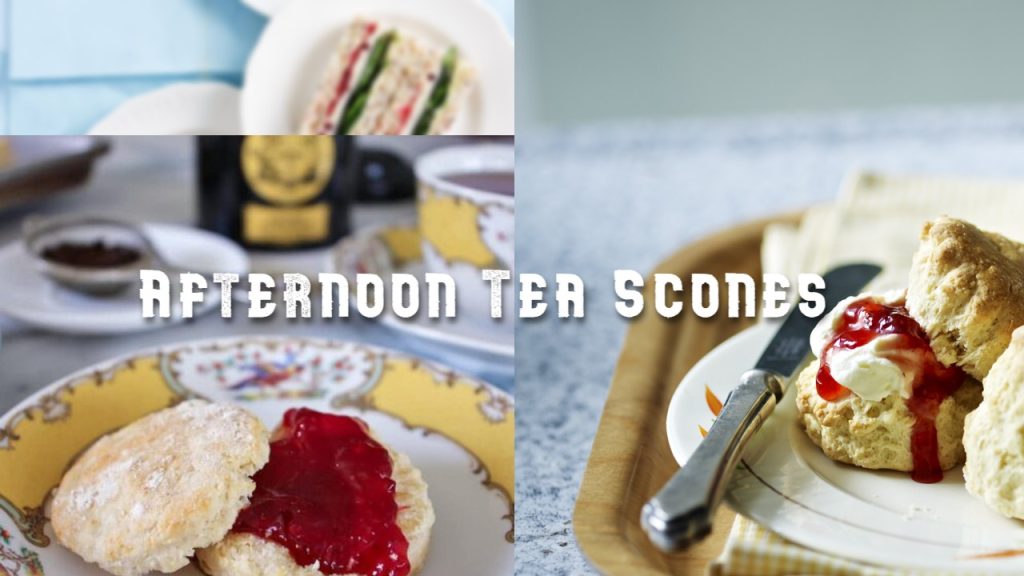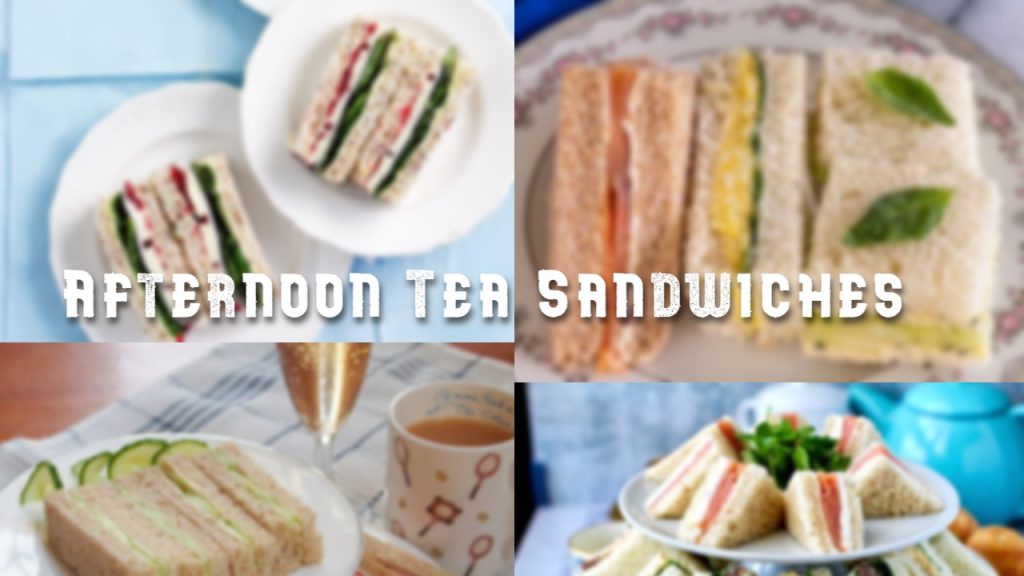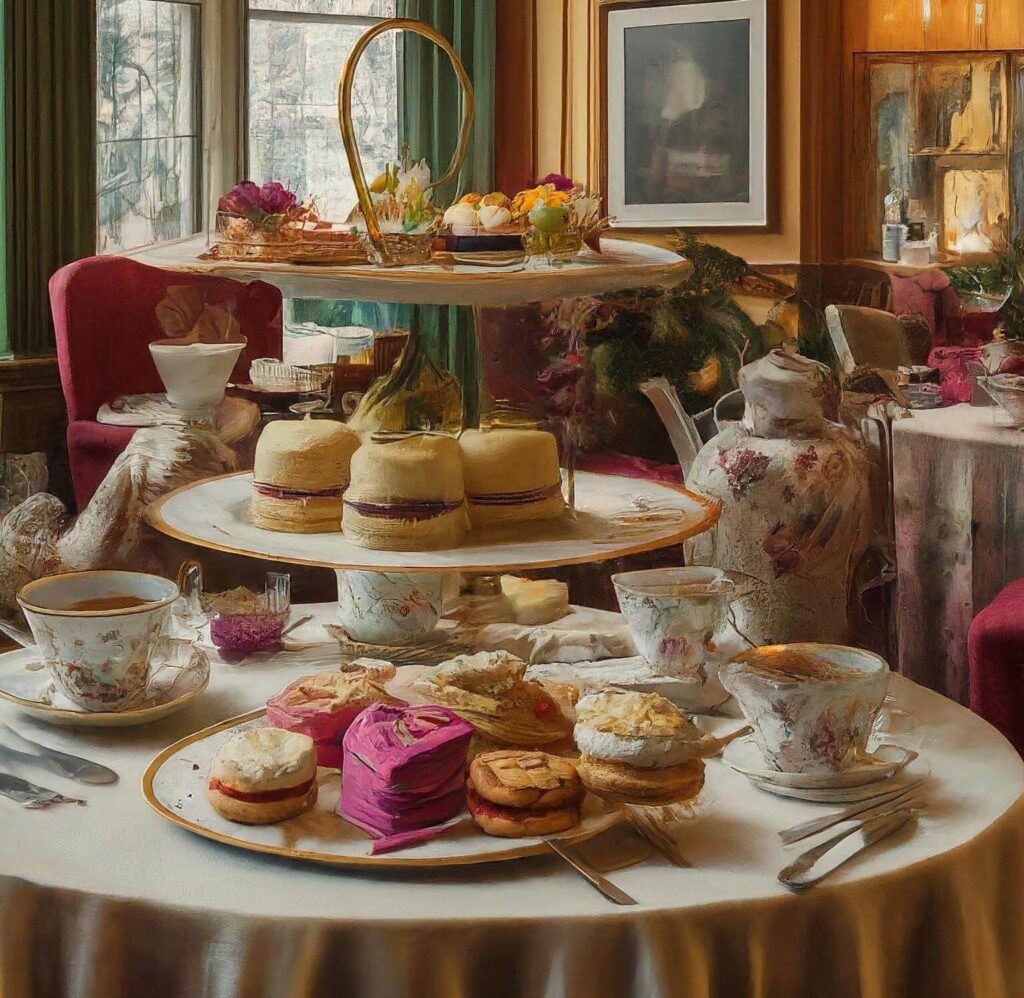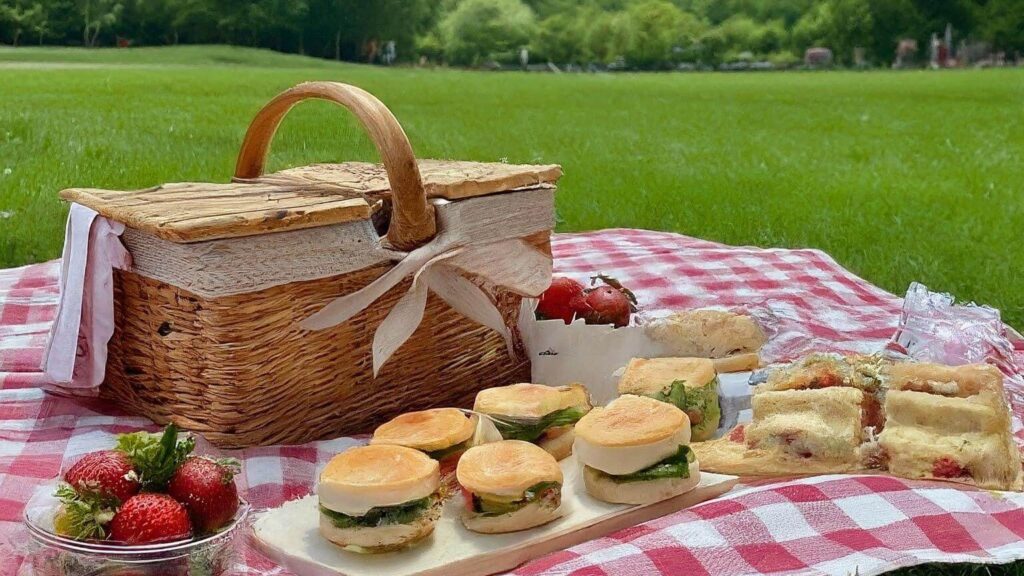Imagine a leisurely afternoon, the kind where the sun filters through lace curtains and the clock seems to tick just a bit slower. In the heart of this serene setting is the quintessential British tradition: Afternoon Tea. It’s not just a meal; it’s a moment in time, a slice of elegance from a bygone era that continues to charm with its simplicity and grace.
At the center of this delightful ritual are scones, the perfect companions to your cup of tea. These light, fluffy delights are a cornerstone of afternoon tea, bridging the gap between sweet and savory. Whether slathered with clotted cream and jam or enjoyed plain, scones are the heartwarming soul of this storied tradition. They’re not just treats; they’re tiny, edible hugs that whisper of comfort and joy.
So, let’s embark on a journey to explore the warm, buttery world of scones and discover how they became the stars of Afternoon Tea. It’s a tale of culinary delight, steeped in tradition and sprinkled with the magic of baking. Welcome to the world of Afternoon Tea Scones.
The Origin of Afternoon Tea
The tradition of afternoon tea started back in the early 1840s in England. It was a time when people usually had just two main meals a day—breakfast and dinner. Dinner was served later in the evening, so people often got hungry in the afternoon. That’s when Anna, the Duchess of Bedford, decided to have a light meal in the afternoon to keep her going until dinner. She would have a tray of tea, bread, butter, and cake brought to her room in the late afternoon.
This private event turned into a social gathering when she began inviting friends to join her. This practice became so popular that other social hostesses quickly picked up on the trend. Before long, this afternoon break for tea became a fashionable social event among the upper class and society women. They would dress up in their finest gowns and gather in drawing rooms to enjoy their tea and snacks.
Scones: A Staple of British Afternoon Tea
When it comes to British afternoon tea, scones are the real MVPs. These fluffy, delightful treats are like the best friends of your tea cup – they just belong together. Picture this: a warm scone, fresh out of the oven, with a golden-brown top that’s just begging to be broken open. The inside? Oh, it’s soft, light, and just waiting for a dollop of clotted cream and some strawberry jam.
But scones aren’t just about taste; they’re a symbol of British culture and tradition. They’ve been around since at least the 1500s, and boy, have they stood the test of time. Whether you’re in a fancy London tea room or cozied up at home, scones are the go-to snack. They’re not just food; they’re a culinary experience that transports you to a world of elegance and refinement.
Classic Scone Recipes for Afternoon Tea
Wrapping up our scrumptious journey through the world of afternoon tea, let’s roll up our sleeves and dive into the heart of the matter: Classic Scone Recipes for Afternoon Tea. These delightful treats are the crowning glory of any tea table, and mastering the art of scone-making is a rite of passage for any baking enthusiast.
Plain Scones: Start with the basics—a simple dough of flour, baking powder, butter, sugar, milk, and a pinch of salt. Mix until just combined, roll out, and cut into rounds. Bake until golden and serve warm with clotted cream and jam.
Fruit Scones: Elevate the plain scone by adding sultanas, raisins, or even dried cranberries into the mix. The burst of fruity sweetness in each bite pairs perfectly with your favorite tea.
Cheese Scones: For those who prefer a savory twist, grated sharp cheddar and a sprinkle of cayenne pepper can transform the humble scone into a mouthwatering savory snack.
The Art of Baking the Perfect Scone
Baking the perfect scone is like a fun art project where you get to eat your masterpiece! Here’s how I make sure my scones are the talk of the tea table:
First, I gather all my ingredients: flour, baking powder, butter, sugar, milk, and an egg. Quality matters, so I pick the best I can find.
Second, I mix the dry stuff (flour and baking powder) in a big bowl. Then, I add cold butter, cutting it into tiny bits until the mixture looks like breadcrumbs. This is the secret to fluffy scones!
Third, I stir in sugar, then pour in milk to make a soft dough. Not too wet, not too dry. It’s all about the feel.
Fourth, I gently roll out the dough on a floured surface and cut out my scones with a cutter. No squishing or overworking the dough – that’s a no-no!
Fifth, I brush the tops with beaten egg for that golden shine, then pop them into a hot oven. About 12 minutes later, they come out golden and gorgeous.
Variations of Scones Around the World
As we journey around the globe, we discover that scones take on many delicious forms, adapting to local tastes and traditions. In America, scones are often sweeter, laden with fruits like blueberries or cranberries, and sometimes glazed with a sweet icing. They’re a delightful treat paired with a morning coffee or as a snack throughout the day.
Heading over to Australia and New Zealand, you’ll find scones that are similar to the British classic but often served with a generous dollop of whipped cream and jam, famously known as a ‘scone with jam and cream’. It’s a must-try at any local café.
In Italy, the concept of scones merges with their love for pastries, giving rise to ‘sconati’, a hybrid between a scone and a biscotti, often enjoyed dipped in coffee or as part of a leisurely brunch.
India offers a savory twist with ‘masala scones’, incorporating spices like cumin and coriander, making them a perfect accompaniment to a cup of chai.
Lastly, the Nordic countries have ‘skonsur’, a type of scone that’s heartier, often made with whole grains and served with smoked salmon or other savory toppings.
Pairing Scones with the Perfect Tea
As we wrap up our delicious journey through the world of scones, let’s talk about pairing scones with the perfect tea. Imagine you’ve just baked a batch of golden-brown scones, and they’re sitting pretty on the cooling rack, begging to be devoured. But wait! The experience isn’t complete without a cup of tea.
Earl Grey is my go-to tea when I want something floral and citrusy to complement my scones. The bergamot in Earl Grey brings out the buttery flavors of the scone. If I’m feeling a bit fancy, I’ll brew some Darjeeling. Its delicate, musky-sweet notes dance perfectly with the richness of the scone.
For those who prefer a more robust flavor, Assam tea, with its bold, malty character, is a solid choice. It’s like the best friend who’s always there for you, reliable and comforting. And let’s not forget green tea for a lighter touch. A gentle Sencha or a subtly sweet Matcha can be just the thing if you’re enjoying scones with a side of fruit or jam.
The Etiquette of Serving Afternoon Tea and Scones
As we wrap up this delightful journey through the world of afternoon tea and scones, let’s talk about the etiquette of serving them. It’s not just about the food; it’s a whole experience!
Firstly, presentation is key. Serve your scones on a beautiful tiered cake stand alongside your teapot, cups, and saucers. It’s all about creating that visual appeal that makes you go ‘wow’ before you even take a bite.
Now, let’s get to the actual serving. If you’re the host, offer the scones to your guests first. A proper afternoon tea isn’t a free-for-all; it’s about sharing and hospitality. Cut the scones in half and let your guests choose their own toppings. Some like to slather on the clotted cream first, then top with jam, while others swear by the jam-first method. There’s no right or wrong here, so let everyone have their scone their way!
DIY Afternoon Tea: Setting the Scene at Home
Creating your own afternoon tea experience at home is like opening a door to a cozy, delightful world. First things first, choose a comfy spot in your home where you can lay out your tea spread. A dining table or a coffee table with a pretty cloth can set the stage.
Gather your teaware—a teapot, some cups, and saucers. Don’t sweat it if they don’t match; the charm is in the mix! Now, let’s talk about the main event: scones. Whip up a batch using the classic recipes shared earlier or experiment with the variations to surprise your taste buds.
Presentation is key, so arrange your scones on a tiered cake stand or a platter, and don’t forget the clotted cream and jam. For the tea, whether it’s a robust Earl Grey or a delicate Jasmine, make sure it’s steaming hot.
Finally, add some personal touches. Maybe some flowers in a vase or a playlist of chill tunes in the background. Invite friends over or enjoy this moment of solitude. Pour the tea, slather that scone, and take a bite.
Nutritional Information and Health Benefits of Scones
Wrapping up our delightful journey through the world of afternoon tea and scones, let’s talk about something equally important – Nutritional Information and Health Benefits. Scones, when enjoyed as part of a balanced diet, can offer more than just a tasty treat.
Firstly, scones provide a source of carbohydrates, giving us that much-needed energy boost in the afternoon. They also contain small amounts of protein and fiber, especially if made with whole wheat flour. Now, while scones do have butter and sugar, opting for reduced-fat butter and less sugar, or even substituting with honey or maple syrup, can make them a healthier option.
Moreover, adding fruits like blueberries or sultanas not only makes scones yummier but also ups their vitamin and antioxidant content. And let’s not forget, pairing scones with a cup of tea can provide additional antioxidants, which are great for our health.
The Future of Afternoon Tea: Trends and Innovations
As we look to the future, afternoon tea is set to become even more innovative and exciting. Imagine sipping on tea-infused cocktails or enjoying scones with exotic flavors like matcha or chai. Chefs and tea enthusiasts are experimenting with gluten-free and vegan options, making this tradition accessible to everyone.
Technology will also play a part, with apps that help you brew the perfect cup of tea or even 3D print your own custom scone designs. And let’s not forget the rise of social media – afternoon tea is becoming an Instagram-worthy event, complete with beautifully crafted pastries and themed decorations.
Why Scones Are Essential to the Afternoon Tea Experience
As we wrap up this delightful journey through the world of afternoon tea and scones, it’s clear that these fluffy, buttery treats are more than just a snack—they’re a symbol of comfort, tradition, and the joy of sharing.
The Heart of Tradition
Scones have been the centerpiece of afternoon tea since the tradition began. They bridge the gap between the savory sandwiches and the sweet pastries, creating a perfect balance that satisfies every palate. Their versatility allows them to be enjoyed with a variety of spreads and jams, making them a personal experience for everyone.
A Canvas for Creativity
Each scone is a blank canvas, waiting to be painted with flavors. Whether you’re a fan of the classic plain scone or you love experimenting with ingredients like blueberries, chocolate chips, or even cheese, there’s a scone out there for you. This versatility makes scones an essential part of the afternoon tea experience, as they cater to all tastes and inspire endless creativity.
Bringing People Together
There’s something special about the act of breaking bread—or in this case, scones—with friends and family. Afternoon tea is a social event, and scones are often shared, fostering a sense of community and togetherness. They’re not just a treat; they’re a reason to pause, connect, and enjoy the company of others.
A Taste of Comfort
Finally, scones offer a taste of comfort. With their warm, inviting aroma and their tender, crumbly texture, they have the power to turn any afternoon into a cozy retreat. Paired with a hot cup of tea, they provide a comforting escape from the hustle and bustle of daily life.
In essence, scones are the soul of afternoon tea. They embody the tradition’s elegance, encourage creativity, bring people together, and offer a comforting touch that makes this ritual so beloved around the world. So next time you sit down for afternoon tea, savor the scone and all the joy it represents.





